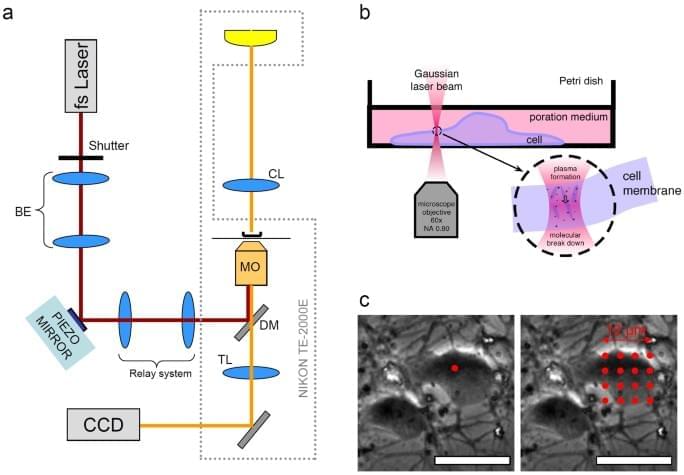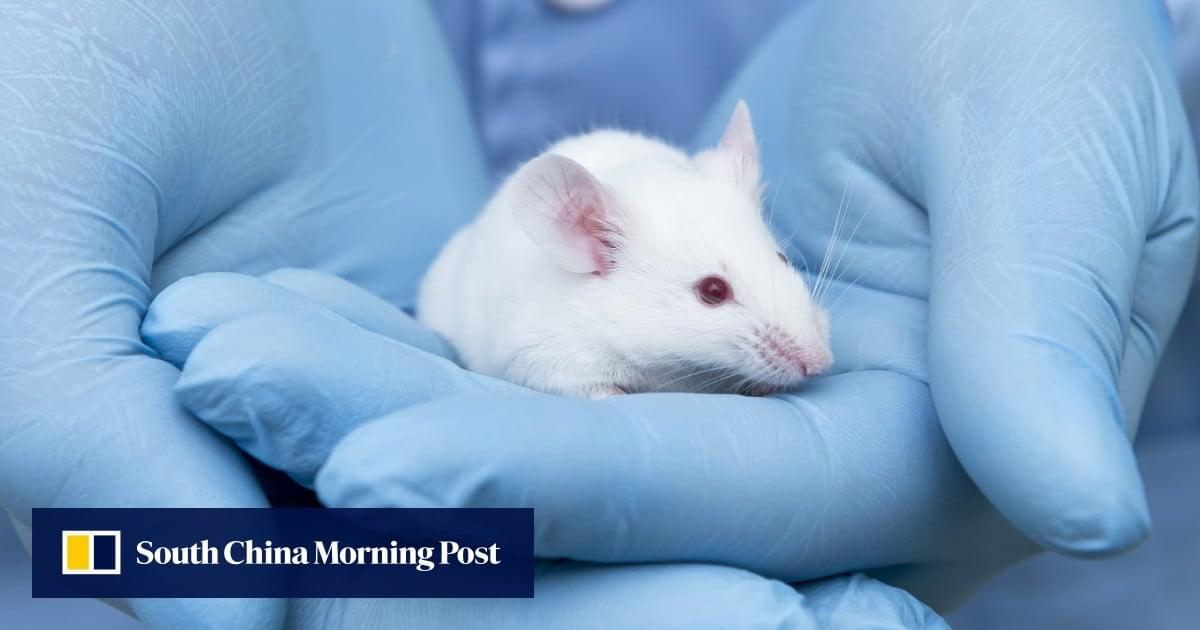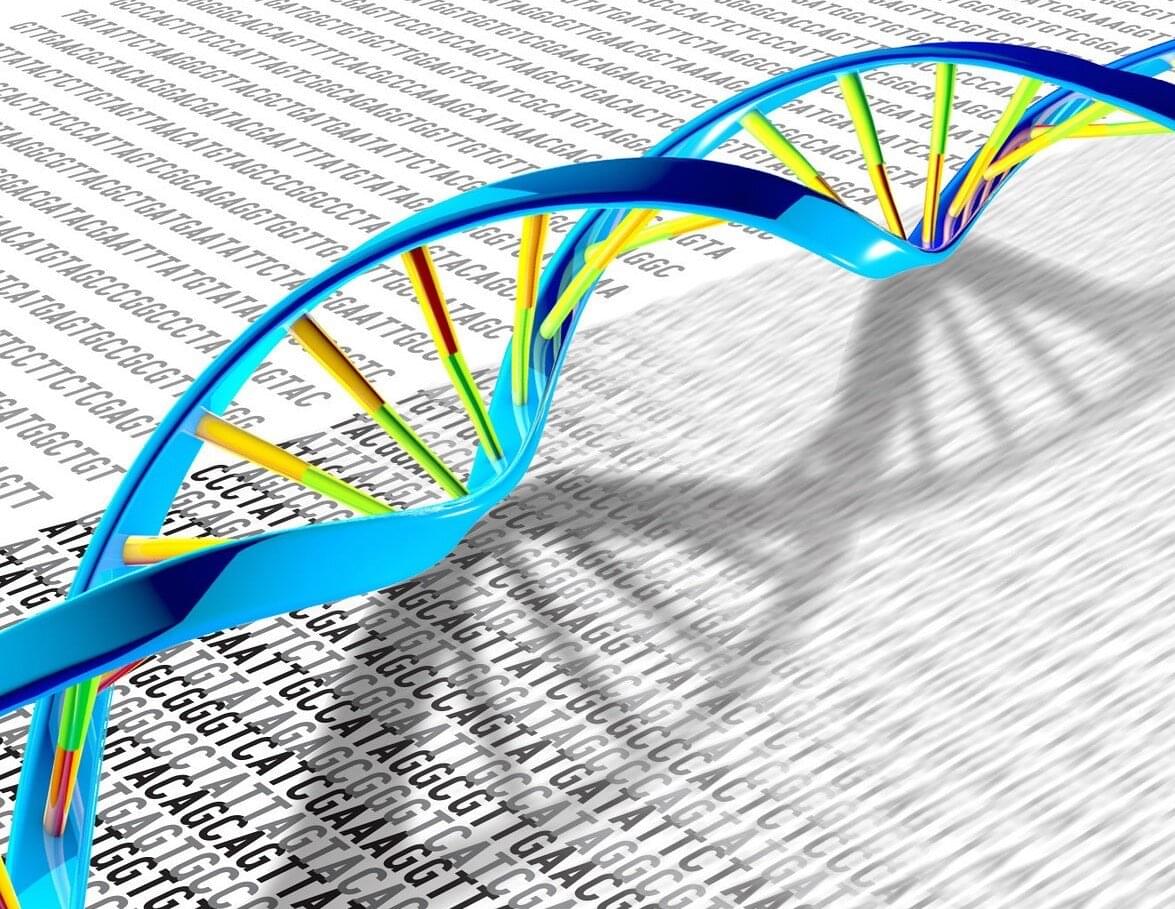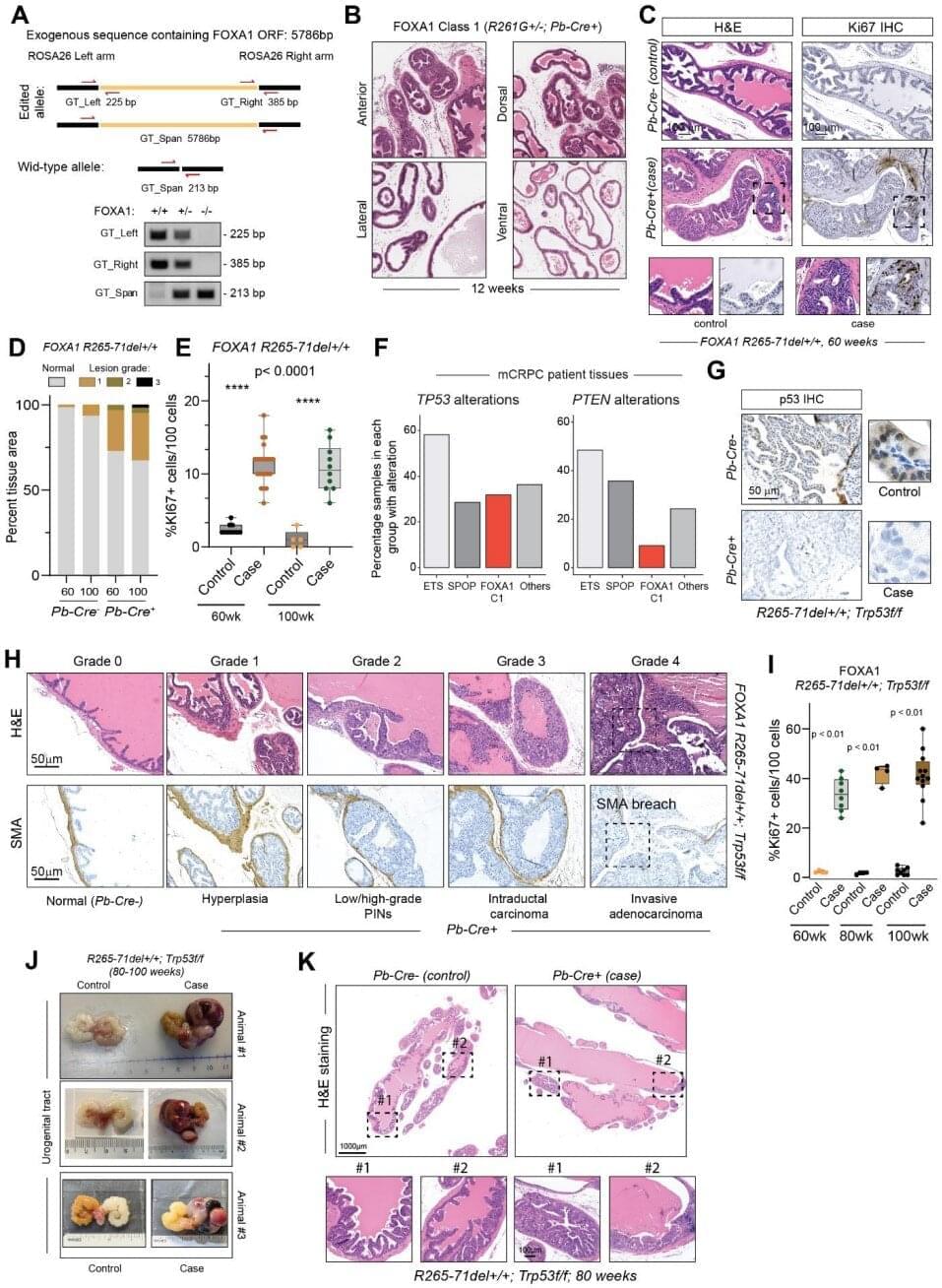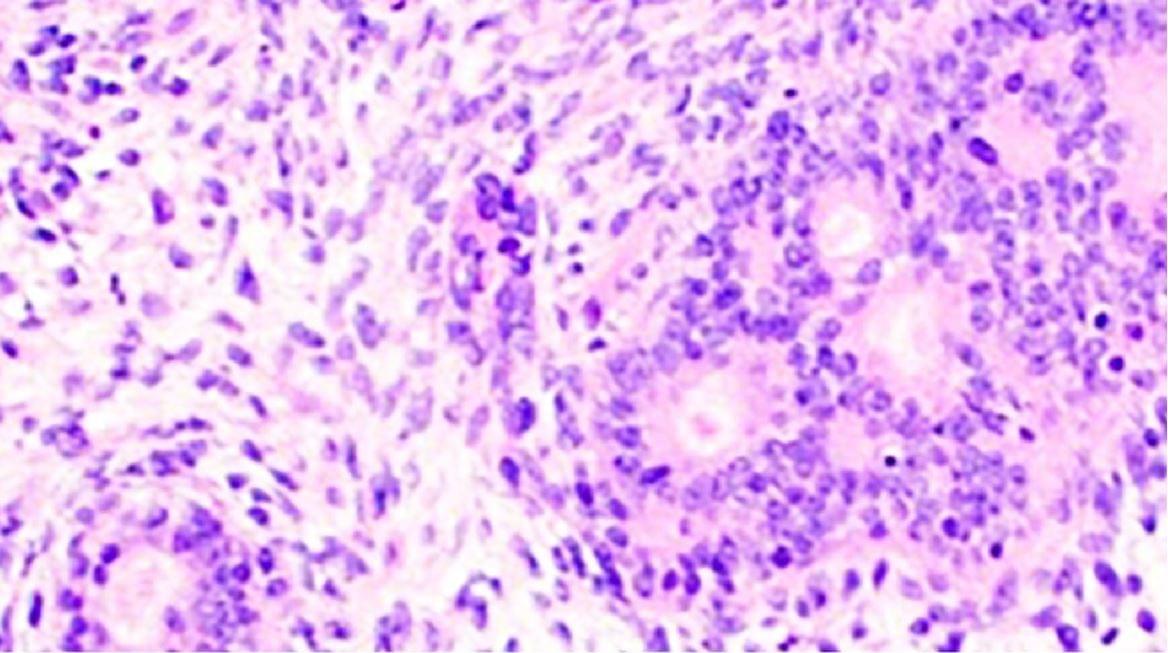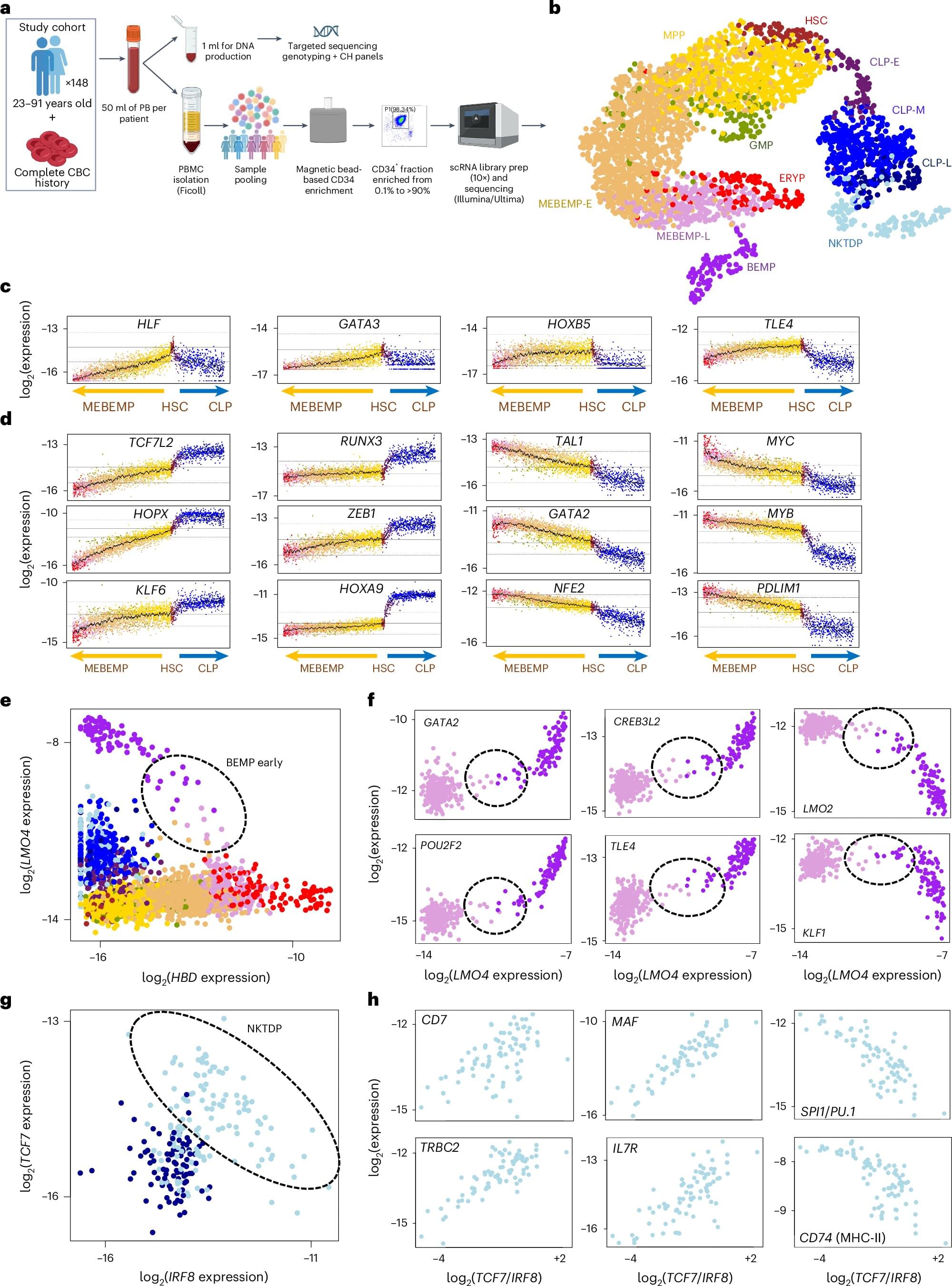“We need diagnostic methods that are more rapid, reliable and capable of detecting multiple pathogens simultaneously,” explains Thai, who is one of the grant recipients of the 2023–24 Seegene Open Innovation Programme. “We also need to ensure that these tools are widely accessible and effectively integrated into clinical and laboratory workflows.”
Polymerase chain reaction (PCR) tests, which rose to worldwide fame during the COVID-19 pandemic, amplify tiny snippets of genetic material from pathogens in samples to levels that can be easily detected.
Seegene, a molecular diagnostics company based in Seoul, South Korea, has developed ‘syndromic multiplex PCR’ technology capable of detecting up to 14 pathogens in a single test.

